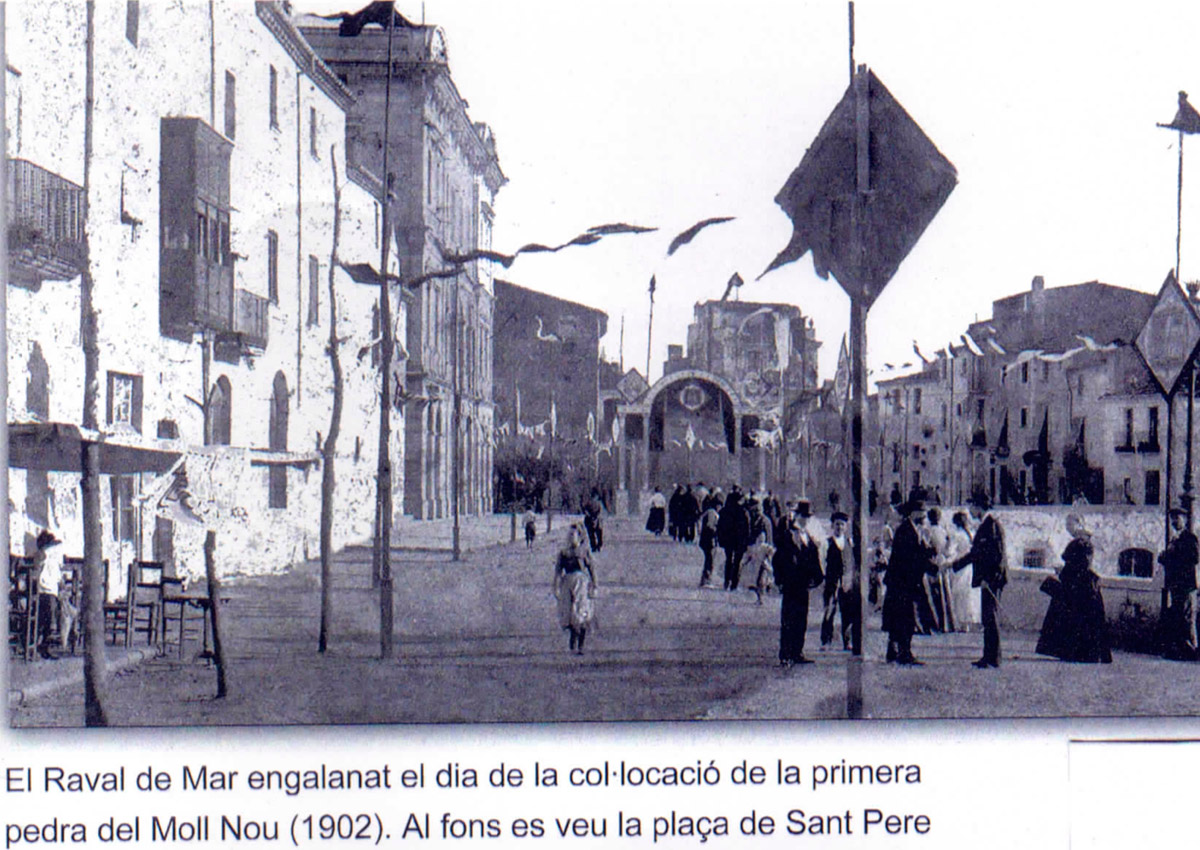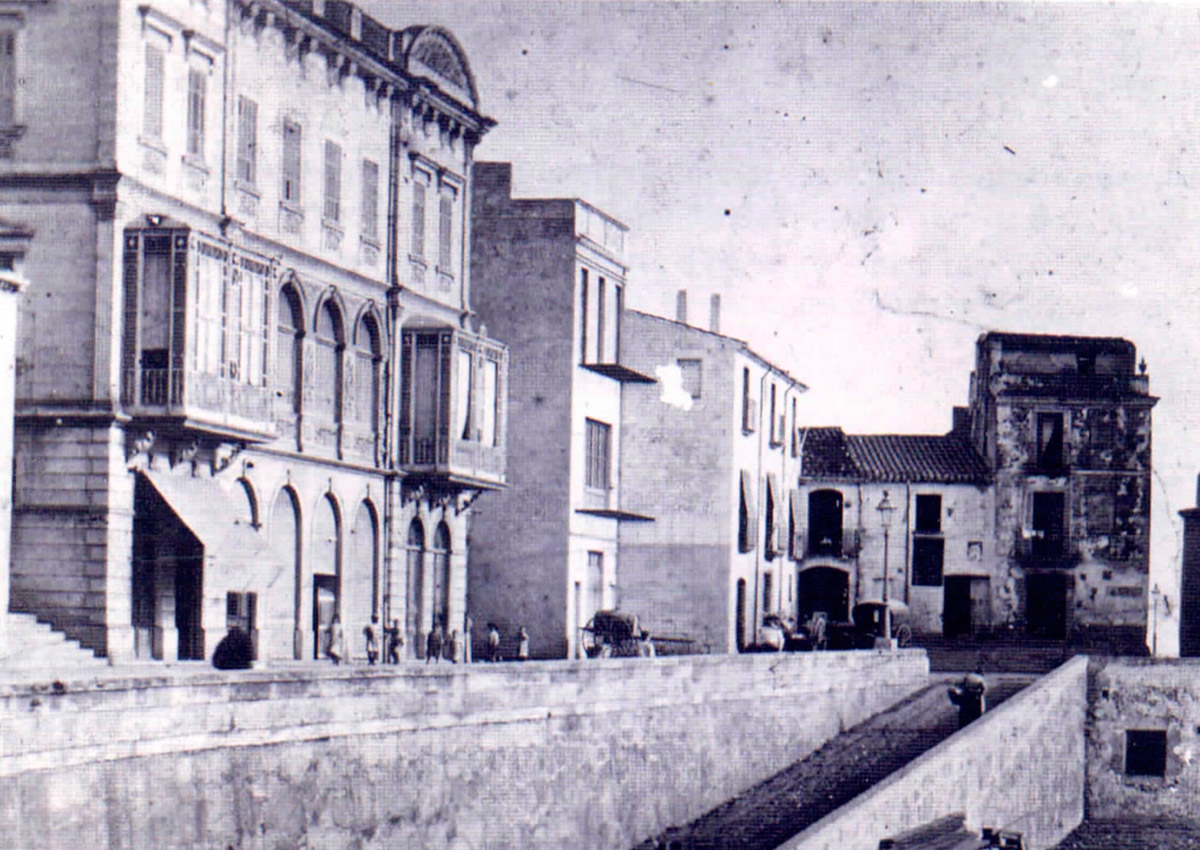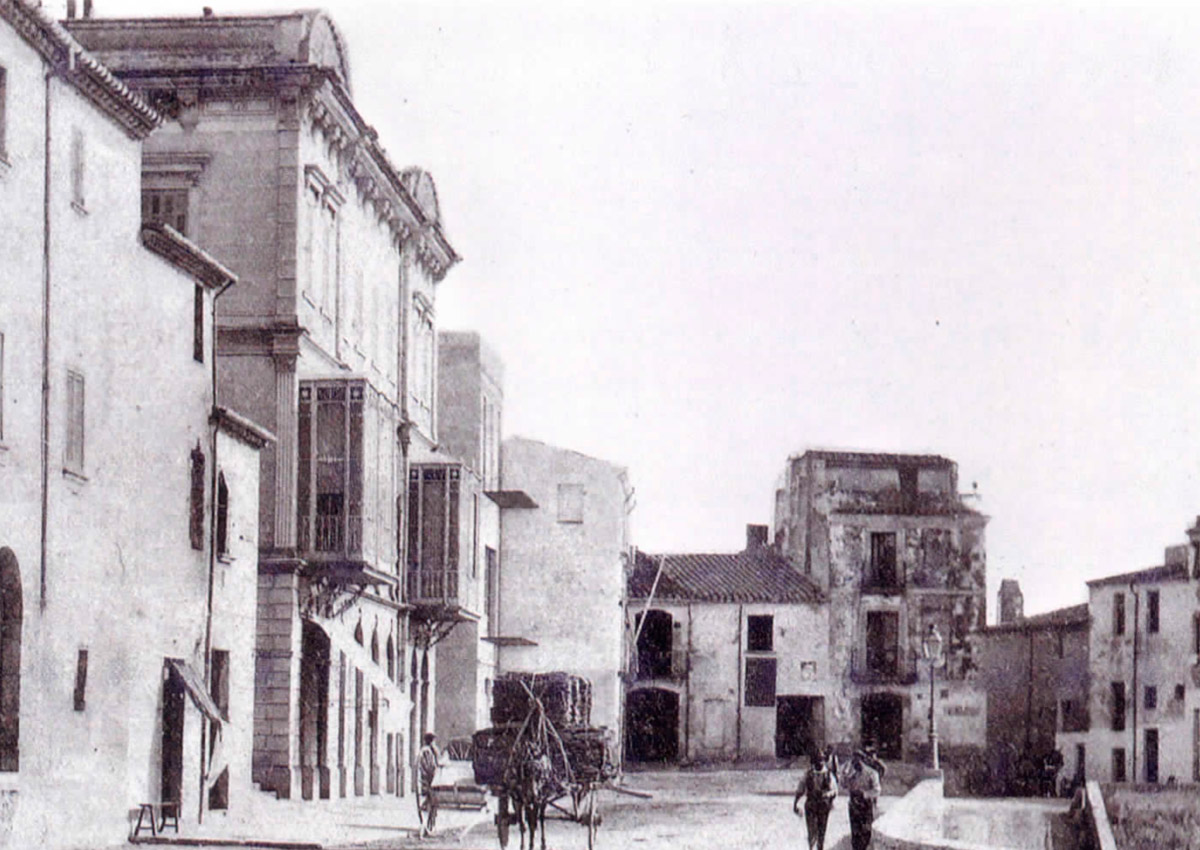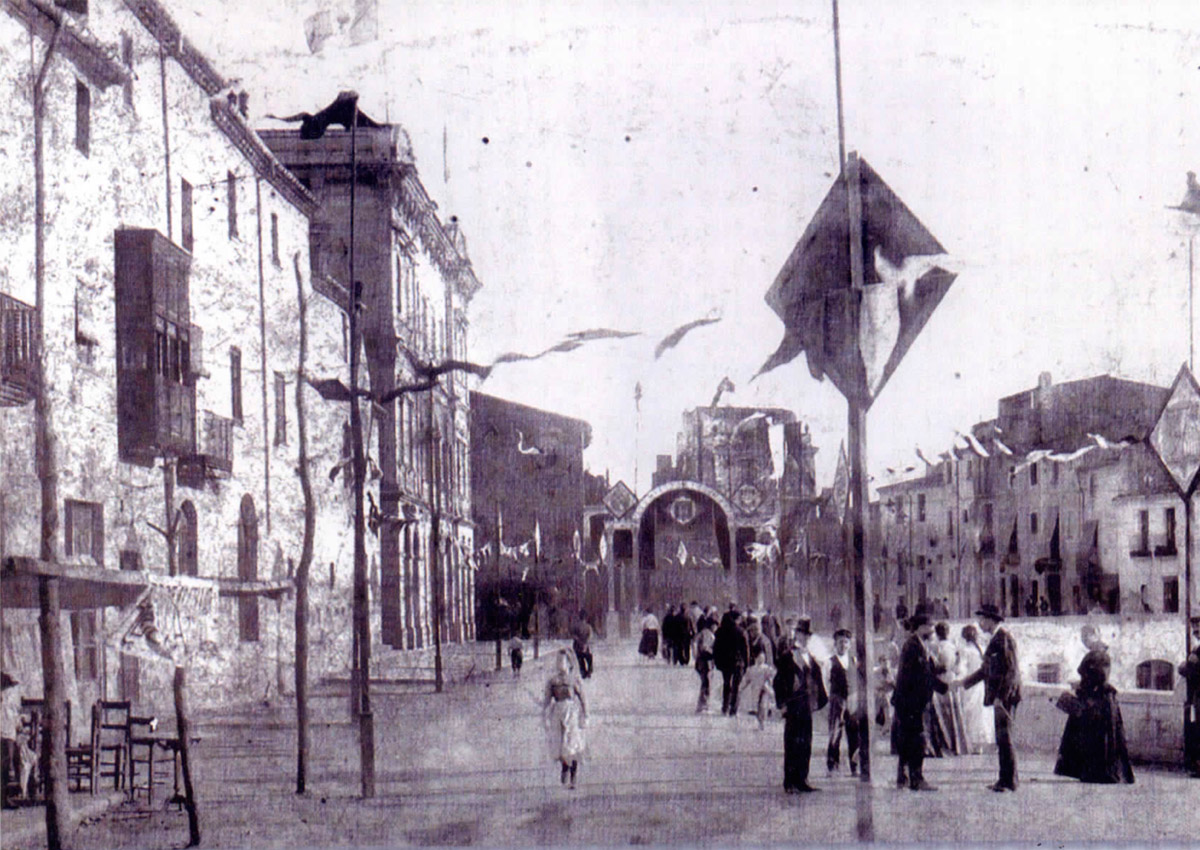Our history
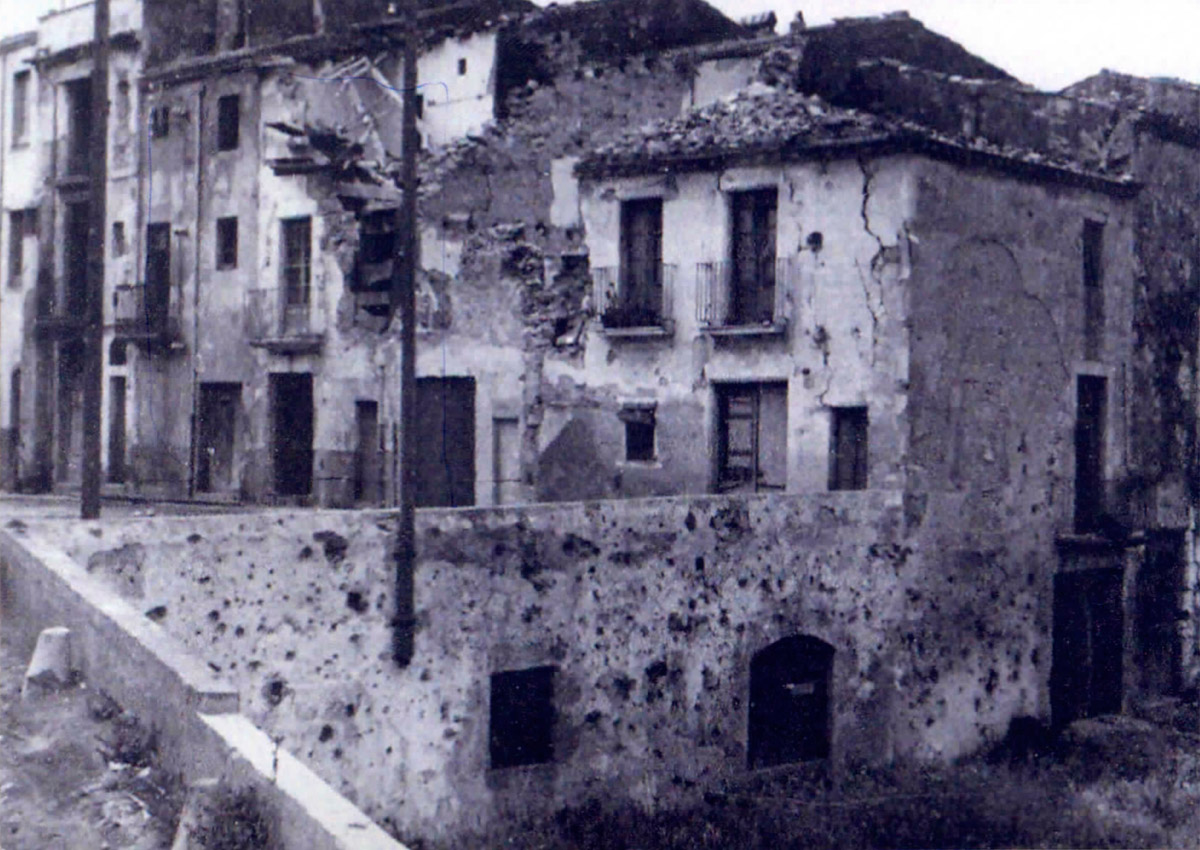
After remaining closed for two years, the premises reopened the doors, with the same name as now, but as a musical pub. The experience was good enough. The owners were encouraged to serve not only drinks but also food. There were timesheets and surely less music, but more and more memories.
The stone walls preserve a lot of anecdotes that revive each time one of its protagonists gets ready to crumple one of the dishes of the letter.
For Eva, for example, it still seems to feel the sting of lamina and the humidity of a room that always made ammonia smell. Evoked without effort that was a dark and cold place, very different from the current dining room. He was only 6 or 7 years old, but ice factories are not easily forgotten.
Opposite the Port of Palamós, in Plaça de Sant Pere, opened the restaurant La Fàbrica del Gel by the Ribot brothers in 1997. It offers a wide variety of fish, meat and seafood that make it a good example of modern Catalan cuisine.
It can not be said that the name of the establishment is a prodigy of inventiveness, but it has the virtue of honoring the truth. In the early 60’s, the Ribot began to produce ice under the same roof, a tile, which now has the restaurant’s dining room. The factory operated until 1987, when the Generalitat denied the owners the necessary permits to continue open, because of the ammonia that was used to make the ice bars: Too toxic, too dangerous, the experts ruled .
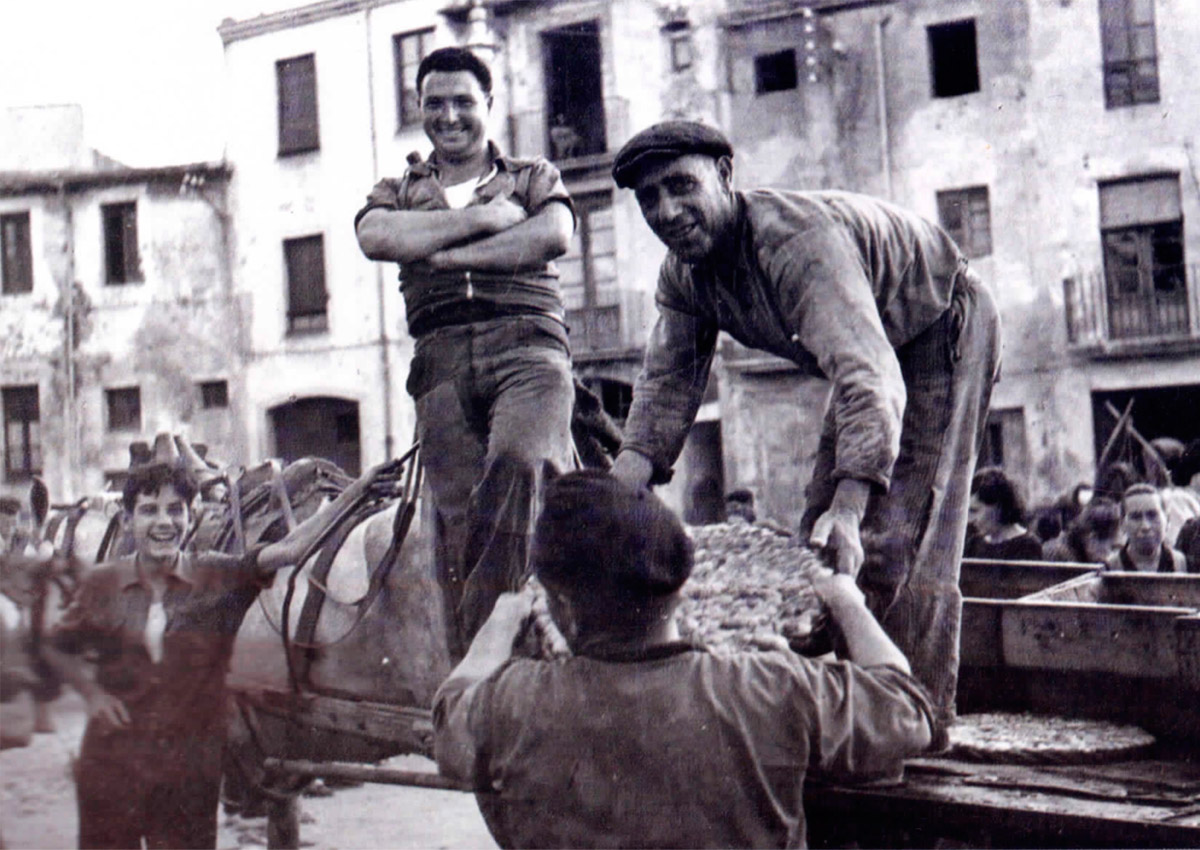
And even less if you went with your friends in search of the ice cream essential to keep the alcoholic beverages that you thought to ingest during the early hours of cold. This is the case with Xevi, who remembers the bars of five and a half kilos and the hooks with which those wealthy men took them to reduce water to the solid state. They produced between five hundred and six hundred bars per day, for individuals and for campsites, but especially for fishmongers.
All this is already history, but there are walls for something: to retain or summon images of the past, to place yourself on the stage where yesterday you looked for ice and today you make a meal. And if you never stepped on the factory, you will always have the imagination. Between chewing and chewing, while you’re sad, thinking that the Arctic ice is getting faster at higher speeds, you can ask yourself if the spirit of Truman Capote, who lived very close during his stay in the town, will be around restaurant; or if the inventor of the ice cubes, Frederic Tudor, would have changed Boston for Palamós, or if the ice that accompanies the refreshments and drinks that you enter near the harbor, it has a better taste for the simple fact of being served at the ice factory.
